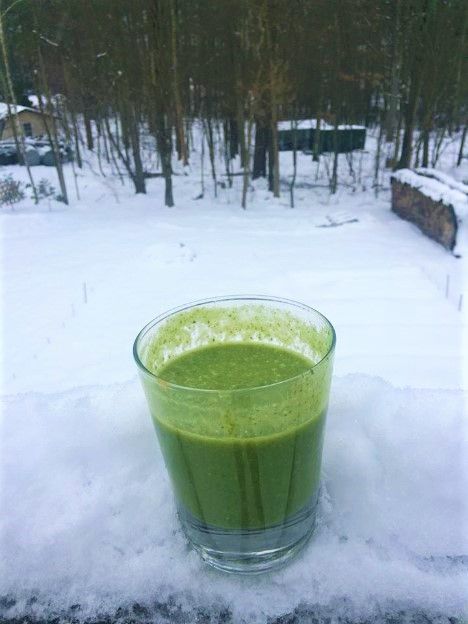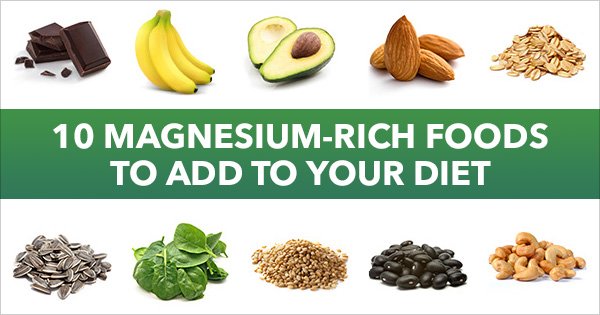Magnesium and recovery
Hey Steemians! Today I was lucky enough to enjoy this snow day at home. I had a successful morning and got to work out, make a green smoothie, and enjoy the beautiful snow coming down and covering everything in its soft white blanket before I had to dive into homework.

Todays green smoothie consisted of:
• 5 frozen strawberries
• 5 baby carrots
• 1 celery stalk
• 1 handful of almonds
• 2.5 cups of kale
• 1 cup of pineapple
• 2inch cut of cucumber
• 1 ripe banana
• ½ cup of OJ not from concentrate
• 2 cups of water
I love using kale as my main source of greens for smoothies. Not only is it rich in vitamins A and C, but it’s also a good source of vitamin B6 and Magnesium.
Magnesium is often a mineral overlooked but is very important for many different bodily functions. It’s also involved in numerous processes that affect muscle function including oxygen uptake, energy production, electrolyte balance, and recovery after strenuous activity. As exercise leads to the natural depletion of electrolytes and trace minerals in the body, replenishing magnesium lost during exercise can aid muscle recovery and negate potential soreness and aches (Nielsen, Lukaski, 2006) . After working out, I often add my leafy greens, almonds, and a banana with whatever else to include my magnesium sources.
According to the Food and Nutrition Board at the Institute of Medicine, the recommended dietary allowances (RDAs) are:
Adult males: 400-420 mg
Adult females: 310-320 mg
Pregnant females: 350-360 mg
Breastfeeding females: 310-320 mg
Other rich sources of magnesium include: green leafy vegetables, legumes, nuts, seeds, whole grains, fortified foods, avocados, and bananas.

(Swansonvitamins.com)
Thanks for reading my short post about my snow day and the importance of magnesium and recovery. Feel free to leave comments with your favorite recovery foods!
Sources:
Nielsen, F., Lukaski, H., (2006). Update on the relationship between magnesium and exercise. Magnes Res.;19(3): 180-9.
Institute of Medicine (IOM).(1997). Food and Nutrition Board. Dietary Reference Intakes: Calcium, Phosphorus, Magnesium, Vitamin D and Fluoride . Washington, DC: National Academy Press.
World of Photography Beta V1.0
>Learn more here<
Thank you for participating in #macrophotography
You have earned 5.05 XP for sharing your photo!
Daily photos: 1/2
Daily comments: 0/5
Multiplier: 1.01
Server time: 04:40:01
Total XP: 15.20/100.00
Total Photos: 3
Total comments: 0
Total contest wins: 0
Follow: @photocontests
Join the Discord channel: click!
Play and win SBD: @fairlotto
Daily Steem Statistics: @dailysteemreport
Learn how to program Steem-Python applications: @steempytutorials
Developed and sponsored by: @juliank
Congratulations @pollypocket! You have completed some achievement on Steemit and have been rewarded with new badge(s) :
Click on any badge to view your own Board of Honor on SteemitBoard.
For more information about SteemitBoard, click here
If you no longer want to receive notifications, reply to this comment with the word
STOP